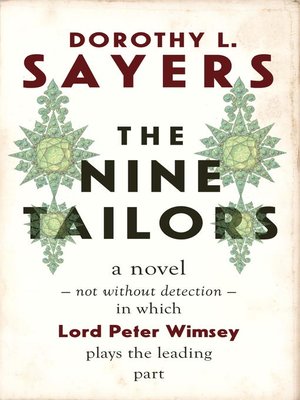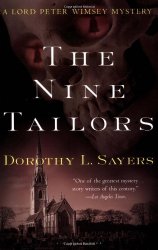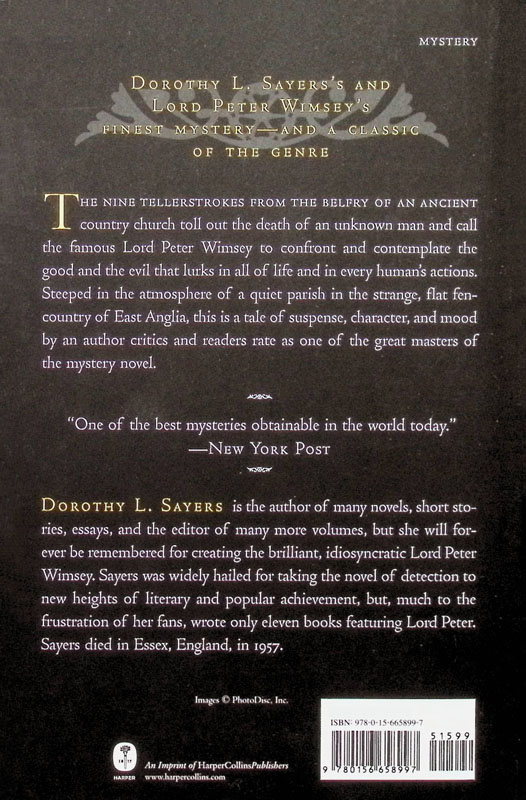

One that has been rendered unrecognizable and with no obvious means of death as all injuries to the body were done post-mortem. I was captivated.Īnd yes, there is a body. In his discussions with the rector, we learn about Stedmans, Grandsire Triples, and other mathematical “changes” that have been developed over the years. Lord Peter had experience change-ringing in his own college years and when one of the eight ringers was also laid low with the flu, Lord Peter is asked to help. Lord Peter Wimsey and “his man”, Bunter, end up in a ditch about a mile from the village and seek help at the rectory. Unfortunately, influenza has visited the village and laid low so many of the ringers. It will take 9 hours to accomplish and they planned to have 12 ringers so some could fill in while others took a break. Paul’s is attempting to ring 15,840 Kent Treble Bob Majors to match an 1868 feat accomplished in a college church with only 8 men to ring the 8 bells. In our story, it is New Year’s Eve and Fenchurch St. Campanology is the study of bells, of change-ringing specifically, which adheres to mathematically precise ways in which the bells are rung. The word itself is mysterious, and so is its subject. Written in 1934, this 11th novel in the Lord Peter Wimsey series shines a light on another topic that I knew nothing at all about. Other than Georgette Heyer's works, I'm not currently doing much rereading, but I think I will make an exception for this one, as I have the uneasy feeling I'm being a bit unfair.Dorothy L. But Sayers is such a literary writer! The way she chose to abridge some speech (view spoiler) A satisfactory if somewhat tragic resolution & I feel a bit foolish that I didn't guess (view spoiler) I very much enjoyed the start, the detailed characters (all of whom were easy to tell apart & remember) but the story started to drag for me when Lord Peter (view spoiler) I became a little impatient. I would doubt that the clip would be listenable outside Aotearoa (NZ) but the picture where Dylan is standing is interesting. I could follow some of the information about the bell ringing, as there has been some publicity about a young Kiwi who was a bell ringer for King Charles III's coronation.

& I suspect I would have rated this tale much higher if I hadn't been trying to read it during a relatively busy time for me. She saw the crime and its ensuing investigation as merely the framework for a much larger story, the skeleton - if you will- upon which she could hang the muscles organs, blood vessels, and physical features of a much larger tale.

While many detective novelists from the Golden Age of mystery kept their plots pared down to the requisite crime, suspects, clues and red herrings, Sayers did not limit herself to so limited a canvas in her work. This is a book for a patient reader - which is normally the sort of book I hate!Įlizabeth George wrote a really great introduction for this edition.


 0 kommentar(er)
0 kommentar(er)
